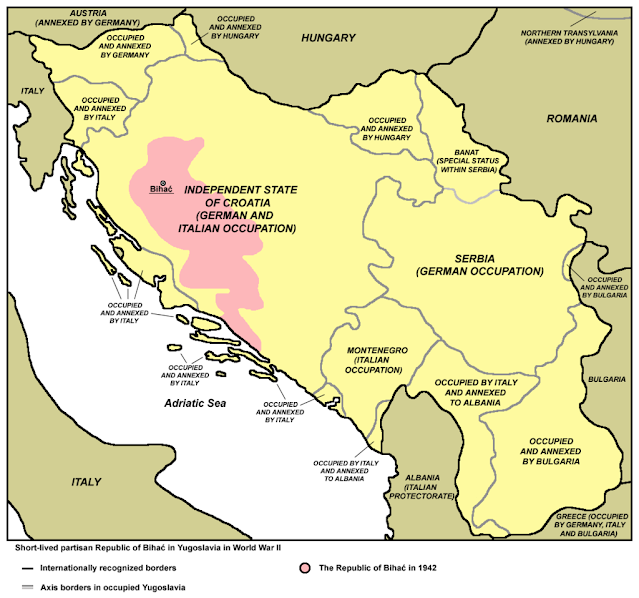Daily report from the Yugoslav battlefield for 19 Januar , 1941 – 45

King Peter II in conversation with Ivo Šubašić, 1942. - The Prime Minister of the Kingdom of Italy, Benito Mussolini, issued a decree regulating the relations between the military and civilian authorities in the annexed territory of Yugoslavia, which entrusts the defense of public order to the military authorities. Advisory council of the High Commissioner's office from the province of Ljubljana and Benito Mussolini - The Communist Party of Yugoslavia and the General Staff of the National Liberation Movement for BiH sent a proclamation to the people on the occasion of the open betrayal of the Chetniks in eastern Bosnia: they explain in detail the goals and motives of the betrayal of the Chetnik leadership; call on the fighters of the Chetnik units to join the National Liberation Movement detachment and continue the liberation struggle together with the partisans; they ...



